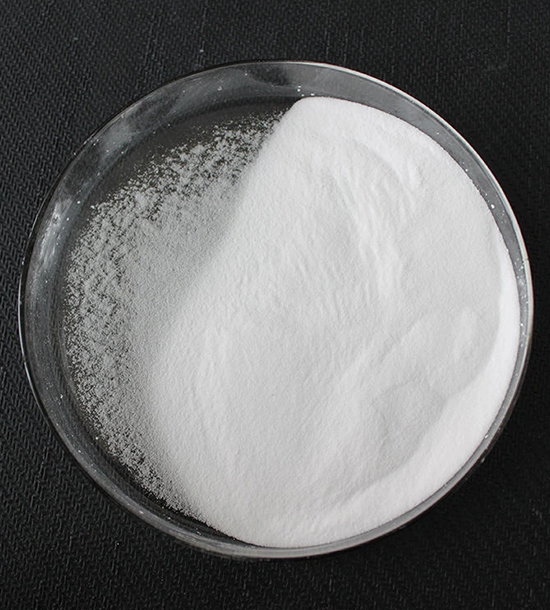The electrical insulation properties of electronic components play a significant role in how
Electric & Electronics Flame Retardants (FRs) function. Flame retardants are added to materials to reduce their flammability and slow down the spread of flames in the event of a fire. However, these additives can potentially impact the electrical insulation properties of the materials they are added to. Here's how the electrical insulation properties and flame retardants interact:
1. Dielectric Strength:
- Electrical insulation materials need to have high dielectric strength to prevent electrical breakdown under high voltage conditions. Some flame retardant additives, particularly those containing metals or conductive particles, can reduce the dielectric strength of a material.
2. Surface Resistance:
- Flame retardants can alter the surface resistance of a material, affecting its ability to resist the flow of electric current. Certain additives might increase the conductivity of a material's surface, which could be problematic in applications requiring electrical insulation.
3. Breakdown Voltage:
- The addition of flame retardant fillers can influence the breakdown voltage, which is the voltage at which electrical insulation fails and a discharge occurs. Reduced breakdown voltage could lead to electrical failures in components.
4. Leakage Current:
- Flame retardant additives might introduce pathways for leakage current, decreasing the effectiveness of electrical insulation and potentially causing unintended electrical interactions.
5. High-Frequency Performance:
- In electronic circuits operating at high frequencies, the presence of certain flame retardants could lead to increased signal attenuation, phase shifts, or impedance changes, affecting the overall performance of the circuit.
To mitigate the impact of flame retardants on electrical insulation properties, several strategies can be employed:
1. Careful Formulation:
- Engineers can carefully select flame retardant additives that have minimal impact on electrical properties. This might involve choosing non-conductive additives or optimizing the concentration of additives to balance flame resistance and electrical insulation.
2. Compatibility:
- Some flame retardant additives are designed to be compatible with specific polymers, reducing the likelihood of negative interactions with electrical properties.
3. Testing and Certification:
- Materials that incorporate flame retardants should undergo thorough testing to ensure they meet electrical insulation standards and requirements for specific applications.
4. Synergistic Combinations:
- Researchers are developing synergistic combinations of flame retardants that work together to achieve fire safety without significantly compromising electrical insulation properties.
5. Coatings and Barriers:
- In cases where flame retardants negatively impact electrical insulation, coatings or barriers can be used to separate the flame-retarded material from sensitive electrical components.

